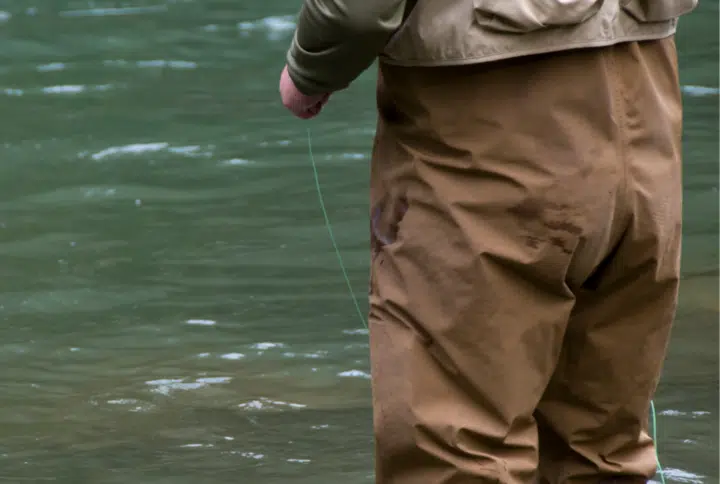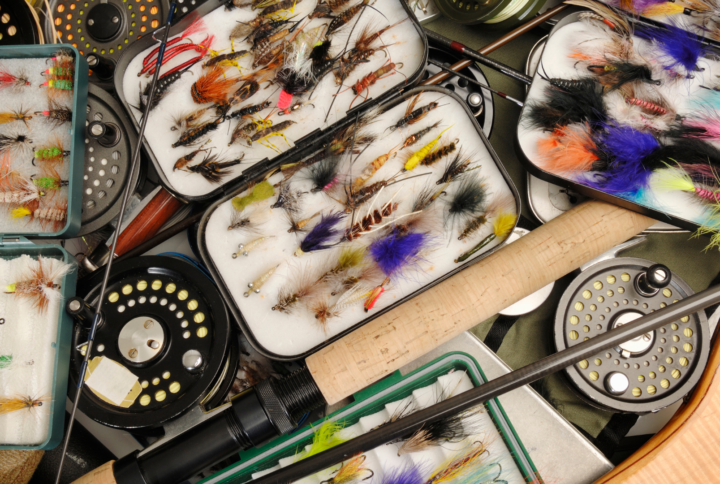Scott River - Fort Jones - California
Fly Fishing River Report & Conditions
Scott River – Fort Jones - Water Flow Chart
Scott River – Fort Jones - Weather report & radar
Scott River – Fort Jones - General hatch chart
| Month | Hatch | Time of Day | Recommended Fly Sizes | Popular Fly Patterns |
|---|---|---|---|---|
| January | Midges | 12PM – 5PM | 18 – 26 | Zebra Midges |
| Winter Stoneflies | 11AM – 4PM | 16 – 20 | Black Stoneflies | |
| February | Midges | 12PM – 5PM | 18 – 26 | Red and Black Midges |
| March | Midges | 12PM – 5PM | 16 – 20 | Griffith’s Gnats |
| Blue Wing Olives | 11AM – 4PM | 14 – 18 | Parachute Adams, CDC Biot Comparadun | |
| April | Blue Wing Olives | 11AM – 4PM | 14 – 18 | Parachute Adams, CDC Biot Comparadun |
| Caddis | 1PM – 6PM | 12 – 16 | Elk Hair Caddis, Peacock Caddis | |
| May | Blue Wing Olives | 11AM – 4PM | 14 – 18 | Parachute Adams, CDC Biot Comparadun |
| Stoneflies | 1PM – 6PM | 8 – 12 | Golden Stone, Yellow Sallie | |
| June | Caddis | 1PM – 6PM | 12 – 16 | Elk Hair Caddis, Peacock Caddis |
| Stoneflies | 1PM – 6PM | 8 – 12 | Golden Stone, Yellow Sallie | |
| July | Caddis | 1PM – 6PM | 12 – 16 | Henryville Special, Goddard Caddis |
| August | Terrestrials | 10AM – 5PM | 8 – 14 | Dave’s Hopper, Griffith’s Gnat |
| September | Terrestrials | 10AM – 5PM | 8 – 14 | Chernobyl Ant, Parachute Hopper |
| October | Blue Wing Olives | 11AM – 4PM | 14 – 18 | Parachute Adams, CDC Biot Mayfly |
| Midges | 12PM – 5PM | 18 – 26 | Zebra Midges, Griffith’s Gnat | |
| November | Midges | 12PM – 5PM | 18 – 26 | Zebra Midges, Olive Scuds |
| December | Midges | 12PM – 5PM | 18 – 26 | Zebra Midges, Olive Scuds |
Scott River – Fort Jones Access Points
If you are visiting the captivating Scott River-Fort Jones area and aim to enjoy some fly fishing, consider the following access points:
- Moffett Creek: This tributary provides excellent opportunities for fly fishing, particularly during summer months.
- Jones Beach: Not only does this area offer plenty of shoreline for fly fishermen, but it’s accessible by car.
- Indian Creek: This traditional fly fishing area in Fort Jones is a well-known hot spot.
- Scott Bar: A renowned spot tailwater fishery, this location provides an abundance of cool water allowing for a long, productive season of fishing.
- Kangaroo Lake: Located in the Shasta-Trinity National Forest, this spot is perfect for early or late season high elevation fly fishing.
- Callahan’s Bridge: This popular access point for anglers provides a spacious platform for casting and has ample fish stocks.
Fly fishing at these access points promises not only fish of various species but also the chance to enjoy spectacular surroundings.
Scott River – Fort Jones Fishing Spots
The Scott River near Fort Jones is a haven for fly fishers, boasting an abundant variety of revered species. Here are some of the top spots:
- Scott River Lodge: This spot is popular for its deep pools home to numerous fish.
- Kangaroo Lake: Notably serene, this lake situated high up in the mountains gives a phenomenal alpine fly-fishing experience.
- Fayden Creek: A less crowded spot, ideal for a quiet fishing outing. It’s known for its large population of Rainbow Trout.
- Scott Bar: Located at the lower end of the river, Scott Bar is accessible and abundant with Steelhead and Chinook Salmon.
- Callahan’s Bridge: This area upstream of the town of Callahan is a renowned spot for fly fishers seeking a challenge.
You’re sure to reel in a great catch at these fly-fishing spots in the Scott River.
Scott River – Fort Jones Local Fish Species
- Chinook Salmon: A highly coveted species due to their large size and aggressive fight.
- Steelhead Trout: This type of trout is anadromous, meaning it is a freshwater fish that migrates to the ocean and then returns to freshwater to spawn.
- Coho Salmon: These silver-sided fish are known for their acrobatic behavior when hooked.
- Pacific Lamprey: Although not traditionally sought after by anglers, this jawless fish can be found in the Scott River and presents a unique challenge for fly fishermen.
- Brown Trout: An invasive species in the Scott River, these fish are, however, highly desired by anglers for their size and fight.
- Rainbow Trout: These colorful river residents are one of the most popular targets for fly fishermen.
- Cutthroat Trout: Named for the red coloring along the lower folds of their gill plates, Cutthroat Trout are relatively rare but can still be found in the Scott River.
- Brook Trout: Small but lively, these fish are a favorite among beginners due to their abundance and willingness to bite.
About the Scott River – Fort Jones
Get ready to visit the enchanting Scott River near Fort Jones – a historical gem located in the scenic Siskiyou County of California! The peaceful Scott River got its name from the early-day adventurer, John W. Scott, who found gold there in 1850.
Here’s a quick history of the region:
- The Gold Rush era, ignited by Scott’s discovery, transformed this tranquil valley into a bustling hub with tens of thousands of miners.
- Established in 1852 as a military post, Fort Jones served to maintain peace during the mining explosion. It was named in honor of Colonel Roger Jones, the U.S. Army’s longest-serving Adjutant General.
- After the Gold Rush, the valley morphed into a lush agricultural area. Today, the Scott River’s serenity, combined with Fort Jones’ historical richness, brings in a sea of visitors.
Whether you’re a history buff, nature enthusiast, or simply love a good story, the Scott River – Fort Jones region promises a fascinating journey.
Community Contributions
Be part of the fishing community!
No updates submitted for this river.



